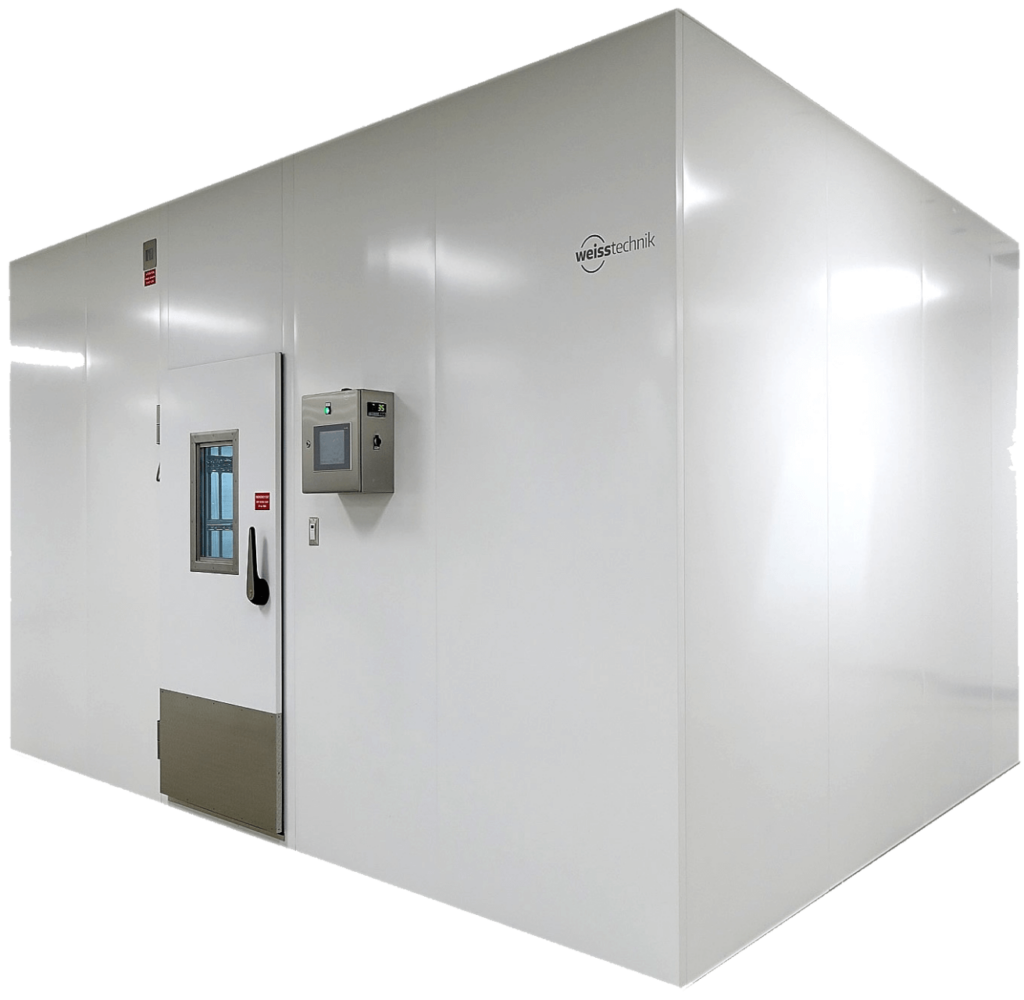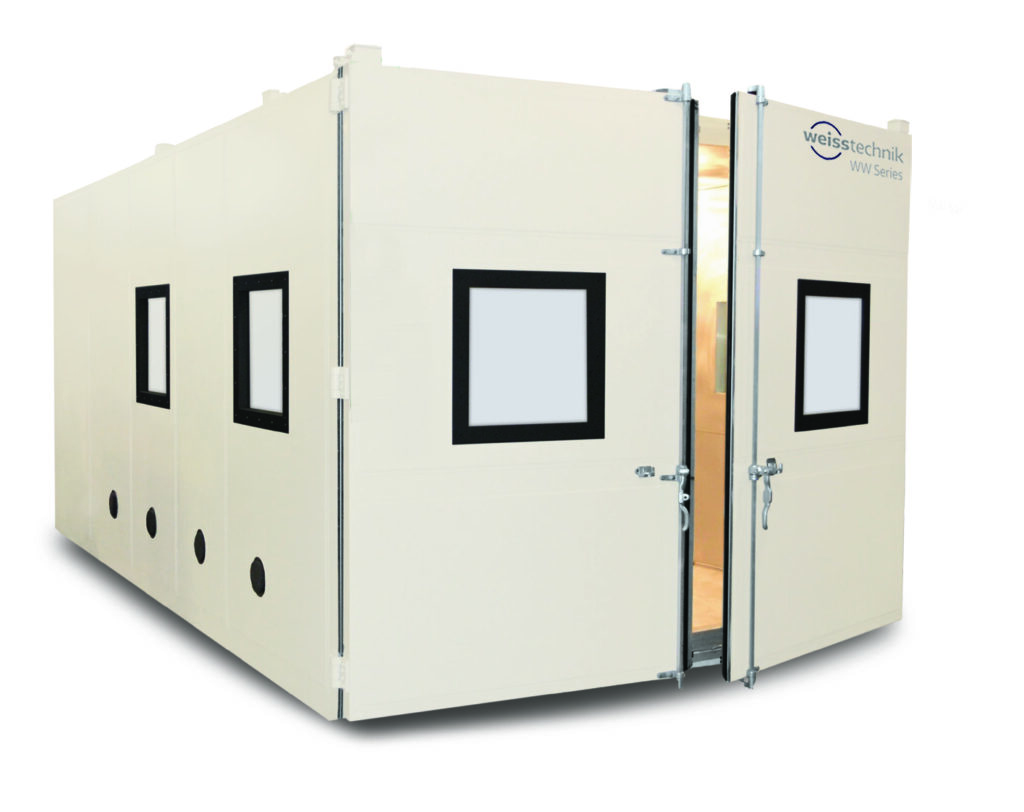When it comes to testing solutions, size limitations can often hinder the ability to conduct comprehensive and realistic tests. However, with the advent of walk-in chambers, these limitations are being defied, allowing industries to think big and push the boundaries of testing. In this article, we will explore the concept of walk-in chambers, their significance in testing, their diverse applications, and the advantages they offer over traditional testing methods.

Understanding Walk-in Chambers
Walk-in chambers, also known as environmental test chambers, are specialized enclosures designed to simulate and control various environmental conditions. These chambers provide controlled environments that can replicate extreme temperatures, humidity levels, vibrations, and other factors that products may encounter during their lifecycle. The primary purpose of walk-in chambers is to assess the performance, reliability, and durability of products under different environmental conditions before they are released into the market.
Importance of Walk-in Chambers in Testing
Walk-in chambers play a crucial role in ensuring product quality and reliability. By subjecting products to controlled environmental conditions, manufacturers can identify potential weaknesses, evaluate performance limits, and make necessary improvements. This enables them to develop robust and durable products that can withstand real-world conditions, ultimately enhancing customer satisfaction and minimizing costly product failures.

Applications of Walk-in Chambers
Walk-in chambers find applications across various industries due to their versatility and wide range of testing capabilities. Let’s explore some of the key sectors where walk-in chambers are extensively used:
- Aerospace and Defense
- Automotive Industry
- Electronics and Telecommunications
- Pharmaceuticals and Medical Research
- Food and Beverage Industry
Advantages of Walk-in Chambers
Walk-in chambers offer several advantages over conventional testing methods, making them indispensable for industries seeking comprehensive and reliable testing solutions. Some notable advantages include:
- Size and Capacity
- Flexibility in Testing
- Realistic Testing Environment
- Enhanced Product Reliability
Considerations when Choosing a Walk-in Chamber
- Temperature and Humidity Control
- Performance and Accuracy
- Customization Options
- Energy Efficiency
Conclusion
Walk-in chambers have revolutionized the field of testing solutions by defying size limitations and providing industries with the means to think big. These specialized enclosures offer a controlled and realistic testing environment, allowing manufacturers to enhance product reliability, optimize performance, and mitigate risks. With their diverse applications and advantages, walk-in chambers have become an indispensable tool for industries that prioritize quality, durability, and customer satisfaction. These tools, with expansive product reliability and quality, are a necessary investment for the future.
FAQ’s
- Q: Can walk-in chambers accommodate large products?
- A: Yes, walk-in chambers are specifically designed to accommodate large products or multiple samples simultaneously.
- Q: What industries benefit from using walk-in chambers?
- A: Walk-in chambers find applications in industries such as aerospace, automotive, electronics, pharmaceuticals, and food and beverage, among others.
- Q: How do walk-in chambers simulate real-world conditions?
- A: Walk-in chambers replicate environmental factors like temperature, humidity, vibrations, and pressure variations to create realistic testing scenarios.
- Q: What advantages do walk-in chambers offer over traditional testing methods?
- A: Walk-in chambers provide size and capacity advantages, flexibility in testing, realistic environments, and enhanced product reliability.
- Q: How should one choose the right walk-in chamber?
- A: Considerations should include temperature and humidity control, performance and accuracy, customization options, and energy efficiency when selecting a walk-in chamber.
